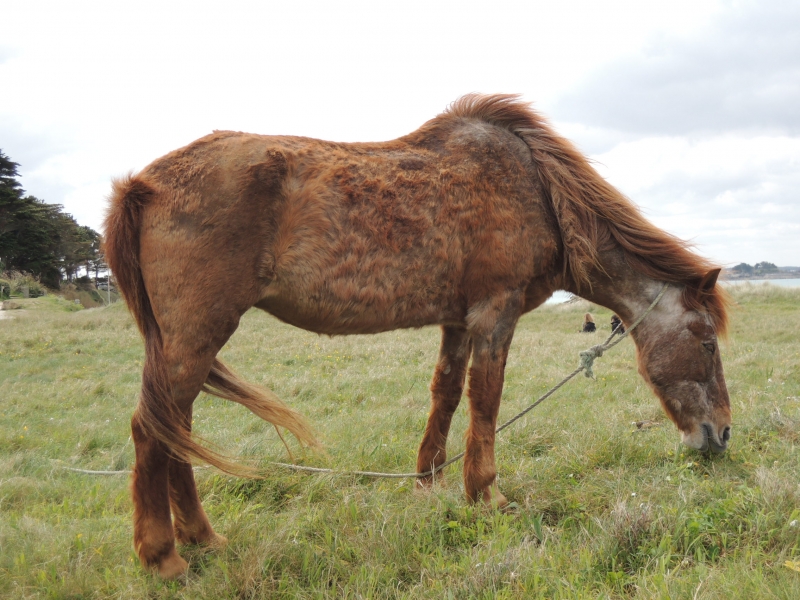Cushings Disease
CUSHINGS or Hyperadrenocorticism, HyperA for short.
Cushings is a disease involving overactive adrenal glands and high levels of circulating corticosteroids. It can be primary adrenal (ie. adrenal tumour) or secondary to a small tumour in the brain controlling the release of stimulating hormones.
It is most commonly seen in Poodles, Dachshunds and Maltese who have a genetic predisposition, but can be seen in any breed. It is not seen often in cats, but is reasonably common in older horses, especially ponies.
Clinical signs in dogs and cats include excess thirst and urination (your pet may suddenly start urinating in the house overnight, and hang over the water bowl at drinks), an increase in appetite (begging may become more frequent, or they may start to steal food). They may develop a sparse hair coat over the trunk and tail, but retain hair on the legs and head. You may notice a pot bellied appearance, hard areas in the skin, or black spots in the pores.
Clinical signs in horses are milder, but the main clue is the failure to shed a winter coat (see the pic above), retaining it throughout the year, and it's often of poor quality.
Cushings can be diagnosed with blood tests, and treated with oral medications, though horses obviously are often left untreated due to their size and the costing involved.
Untreated Cushings in small animals can predispose to the development of Diabetes, and in rare cases cause lung emboli thanks to the increased clotting ability of the blood.
So if you think your animal may have Cushings, talk to us about diagnosing and treatment plans.

